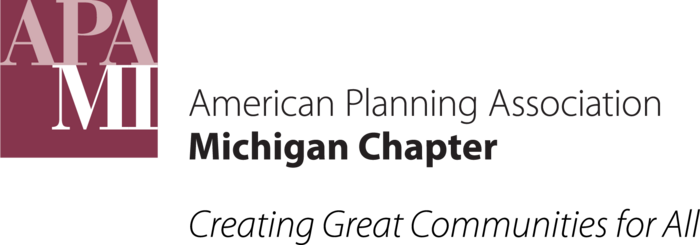Complete Story
05/09/2025
Coastal Solutions Compendium
Non-Conformity and Variance Standards
Structures or uses that existed legally before current zoning ordinances were enacted, but no longer meet current zoning requirements, are considered to be “nonconforming.” Legally established nonconforming uses or structures may continue to exist, as long as no change is proposed. If a property owner proposes an alteration or addition to a nonconforming structure or a change in use, the municipality’s zoning ordinance provides a process for determining if the change is allowable. A variance is a legal exception to a zoning requirement that is granted by a local zoning board, allowing deviations such as from setback distances or building heights.
Why it supports resilience:
A review process and standards for nonconforming structures and uses that are tailored to coastal properties can provide protections from ill-advised additions into sensitive areas. Alternatively, variances that would facilitate the protection of the coast, such as reducing a setback requirement to allow a structure to be placed more landward or allowing a height exception to elevate buildings above flood levels, would allow for more resilient development.
How it is used:
To obtain a variance, property owners must demonstrate that strict adherence to zoning laws would cause practical difficulty in making a reasonable use of their land. Setting forth nonconformity/variance standards can eliminate variance requests that do not align with the community’s long-term plan, or at least provide the community with legal justification for denying them.
Nonconformity and variance standards become especially relevant after new regulations are implemented, such as a coastal setback or armoring limitation. Existing development that does not meet the new standards will be regulated by the nonconformity provisions of the ordinance, and changes to it will be more likely to prompt variance requests.
Possible obstacles to implementation:
- The zoning appeal process can be bureaucratic and confusing to property owners.
- Appeal decisions are made by appointed citizen members of the Zoning Board of Appeals, which can be reluctant to make decisions that would financially impact their neighbors.
Example:
City of St. Joseph’s “ED-OD” Edgewater Beach Overlay District’s Standards:
9.7.3 E: In the event the provisions of the EB-OD render nonconforming any structure which is existing or which is the subject of a valid building permit and under construction on the effective date of this amendment, this shall not be deemed a voluntary action of the property owner and will not disqualify the parcel from receiving a hardship planned unit development under the procedureres described in this ordinance for lands within the EB-OD or a hardship planned unit development or variance if on lands adjacent to the EB-OD.
F. Variances shall not be permitted within the EB-OD.
Tasks for implementing this tool:
- Conduct an inventory of existing development on coastal properties using aerial photographs and municipal records to determine the nature and extent of property conformance with zoning requirements.
- Using inventory results, determine if special provisions need to be developed to address changes to nonconforming properties.
- After identifying special provisions, determine whether to add these to the Nonconforming provisions in the Appeals section of the zoning ordinance, or instead include them in an existing or proposed coastal zoning district or overlay district.
- Provide training on the changes for members of the Zoning Board of Appeals.

